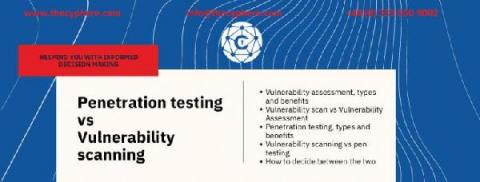Security | Threat Detection | Cyberattacks | DevSecOps | Compliance
Penetration Testing
Web Application Penetration Testing Checklist that You Need to Know About
Adaptation of large-scale web applications at a wider level in several multi-faced industry verticals like healthcare, banking, intelligence services and others has exposed them to massive data breaches. Despite increasing awareness about security, complex threat vectors continue to put organizations across the globe under attack.
Penetration testing: A yearly physical for your applications
Every spring, my family has an annual ritual of visiting our friendly primary care physician for our physical exams. Although it’s one of the last things my wife wants to do, these routine checkups are an important way to detect problems before they become more noticeable.
Why Attackers Don't Care About Your List Of Vulnerabilities
At the time it was first introduced, a penetration test accurately represented how an attacker was likely to target a network. Today, that is no longer the case. As digital networks and business processes have evolved, so too have their security needs.
Penetration testing methodologies, frameworks & tools
There is no doubt how regular penetration tests are an essential part of the vulnerability management process to reduce risks. It is important to ensure penetration tests are efficient and to do so, the use of correct penetration testing methodologies is an essential component. A methodology in this context defines the logic using which various test cases are carried out to assess an asset’s security. Let’s start with the basics first and then move on to the topic.
What does a penetration testing report look like?
Your penetration testing report is the security passport for your product and services to the world. It demonstrates the validation of your security controls and cybersecurity strategy at a wider level.
The Pentest Crowd
Penetration Testing vs Vulnerability Scanning
Vulnerability scans and penetration test are often used interchangeably. Unfortunately, it is the improper use that creates confusions, sometimes around security decisions too. This article shal help the reader with these terms: penetration testing vs vulnerability scanning, their project inputs, outputs, security health indicators and decision making factors.











